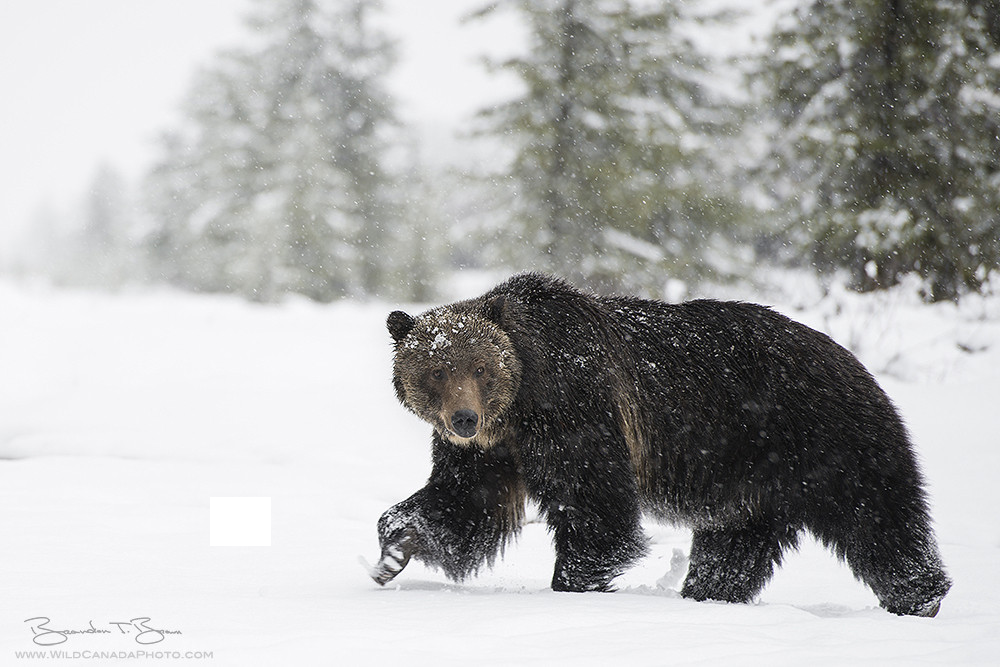Over the years I have been involved in group sessions to develop solutions to business problems but when I heard about a session using a bear I had to find out more.
Many years ago the Pacific Power and Light (PP&L), now Pacific Power, had a problem with ice building up on the power cables which supplied their customers in the Cascade Mountains. During the autumn and spring the build up of ice on the cables could over stress the lines causing them to break. The normal solution was for a linesman to climb the towers and shake the power line. It was a very dangerous job with a high chance of the linesman falling off the towers.
There had been many attempts to come up with a solution but the company was struggling, so they turned to a professional facilitator who suggested that a diverse group be assembled to look at the problem. A group was assembled that included the linesmen, supervisors, accountants and people from the mail room.
Over a coffee break one of the linesmen recounted the story of how he come across a black bear who was not happy that he was trespassing on his territory and ended up chasing him for over a mile. To try and stimulate the group, the facilitator retold the story. One person suggested that training the bears to climb the poles to shake the ice off the lines. Ideas followed about how they could be tempted with pots of honey placed on top of the poles. Elaine Camper picks up the story: “.. one of the more senior, more sarcastic linemen said, ‘You know all those fancy helicopters those fat cats in the front office fly around in all the time? Why don’t we grab one of those and fly from pole to pole placing the honey pots on top just after an ice storm. That way the honey will be there when we need it, and, besides, it will do those fat executives some good to walk for a change.’
Still another period of laughter followed. Then one of the secretaries spoke for the first time. ‘I was a nurse’s aide in Vietnam. I saw many injured soldiers arrive at the field hospital by helicopter. The down wash from the helicopter blades was amazing. Dust would fly everywhere. It was almost blinding. I wonder if we just flew the helicopter over the power lines at low altitude, would the down wash from those blades be sufficient to shake the lines and knock the ice off?’
This time there was no laughter - just silence. She had come up with an answer. By valuing diversity and by encouraging divergent thinking, the resource had enabled the group to come up with a possible solution to a problem all wanted solved.”
There are a number of lessons from this story that can be applied to any group session for developing solutions to business problems. The fist step is to design the group session with an aim in mind. In the case of PP&L the aim was to find a way to knock ice off the power lines without using linesmen and at a tolerable cost. Next step is pull together enough people with different backgrounds, either professionally or it could include people with non-business experience. With a diverse group it will produce many different perspectives of the problem and could result in a radically different solution. The final part of the design must include enough time for people to relax and have fun which will let the ideas flow.
The problem to be solved must be described in simples terms, so that it is easily understood by a diverse group of people, therefore it needs to be devoid of any technical terms. The importance of the problem needs to be emphasised. In the case of the ice forming on the power lines apart from the linesman going out into bad weather, with the potential of falling off the power transmission towers, meeting up with a bear in a bad mood adds to the health problems!
Now the tricky bit. Managing different groups of people in a meeting is very difficult. For example people with a technical background will immediately start work on designing a solution, which will leave the rest of the group behind. For the session to be successful many voices need to be heard therefore those on the periphery must always be brought into the discussion. It is important that the facilitator works around the groups of people that huddle around the coffee machine during the breaks to pick up on little stories and feed them back into the meeting. All participants need to be encouraged to throw off their inhibitions and be creative in their contributions to the session.
After the session a criteria must be developed to assess all of the ideas, even if there is one that is head and shoulders above the rest. The criteria can be used to rank the ideas so that if the obvious solution doesn’t work then there are other solutions to investigate. A good record of the session must be kept so that every solution is captured just in case they need to be returned too, for example if there is a change in technology that makes one of the ideas more viable. It is important to follow up with the participants of the session, thanking them for their contribution, and letting them know how the solution is progressing towards implementation.
The group session was a success and PP&L used a helicopter to blow the ice off the power cables. It is a solution that many other companies around the world have adopted and improved. But if they hadn’t found a bear during a coffee break then they may never have found the helicopter.
See the attached video for a helicopter blowing snow and ice off a power line using a steam hose:
